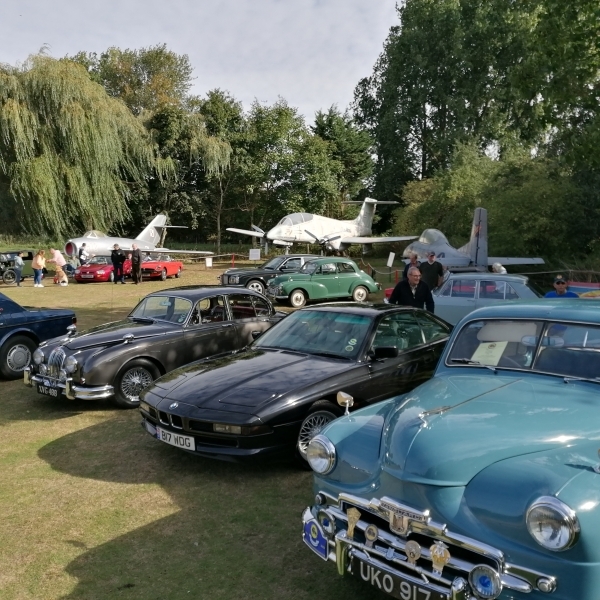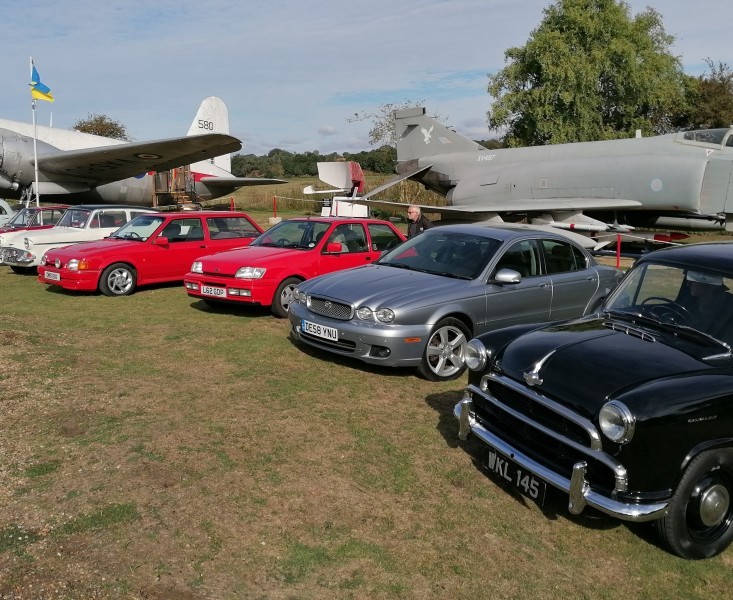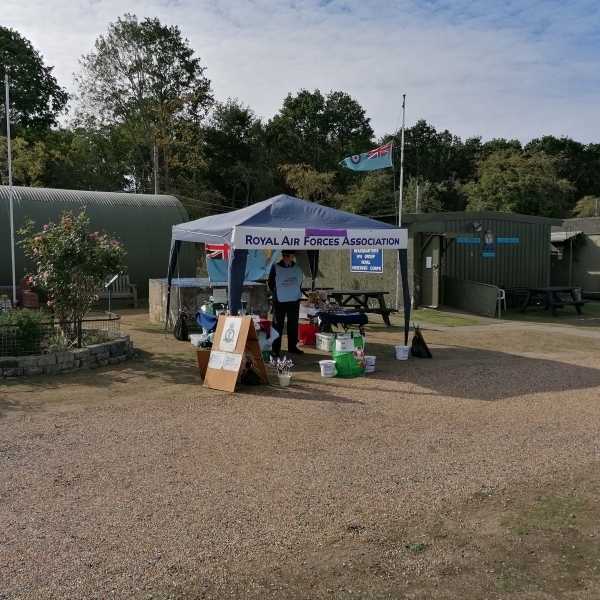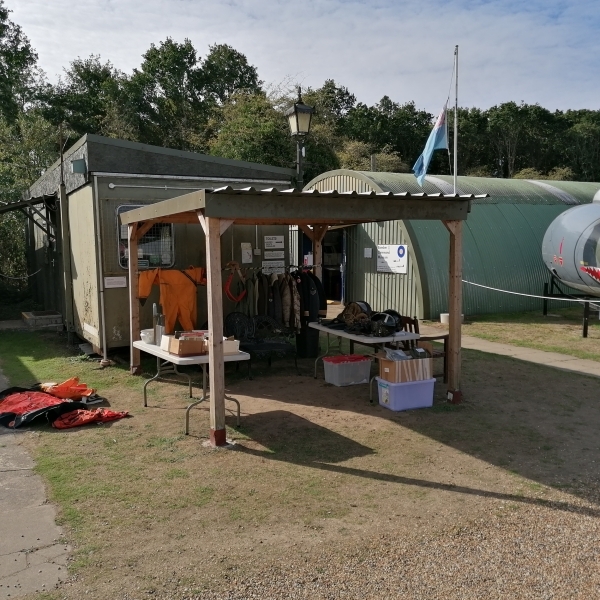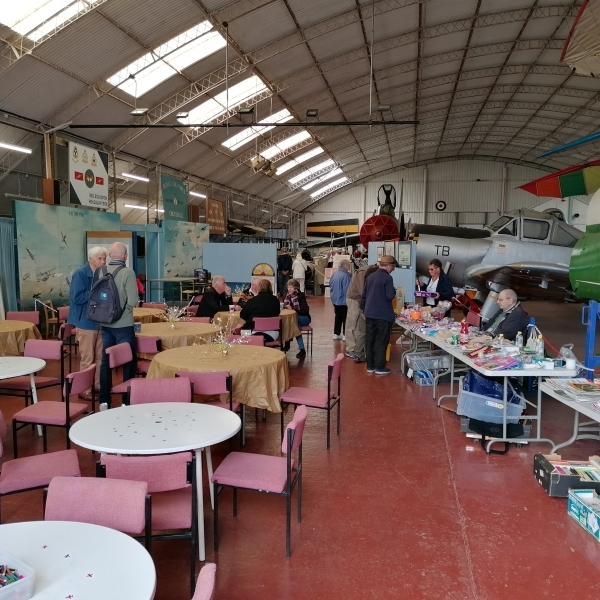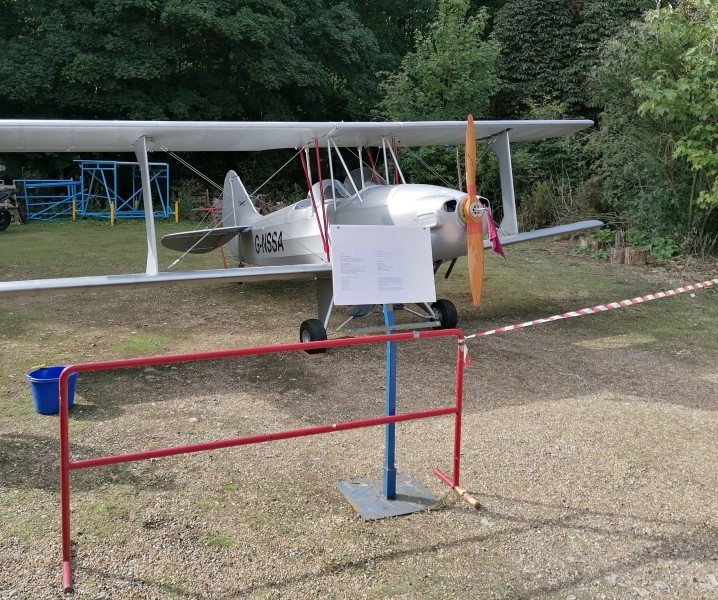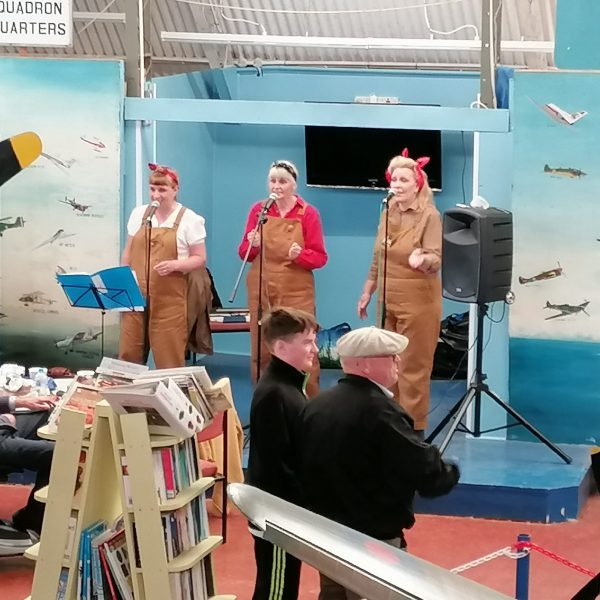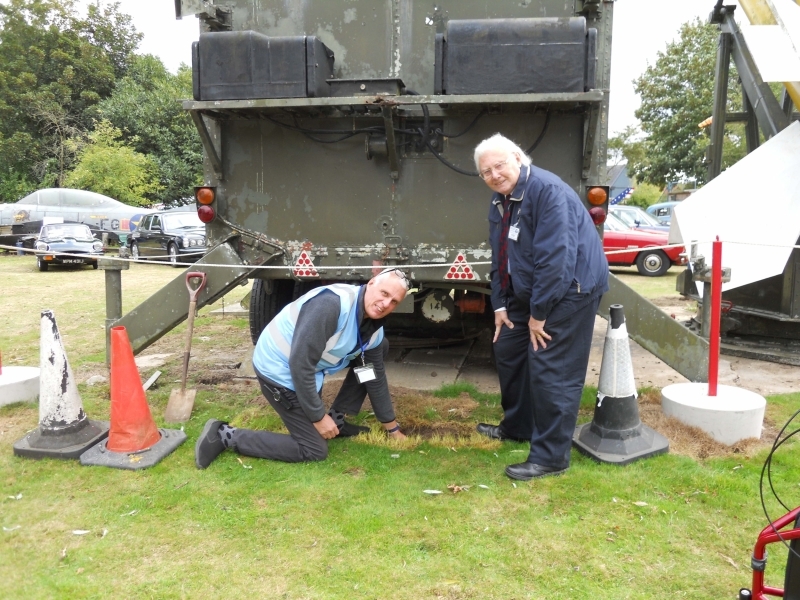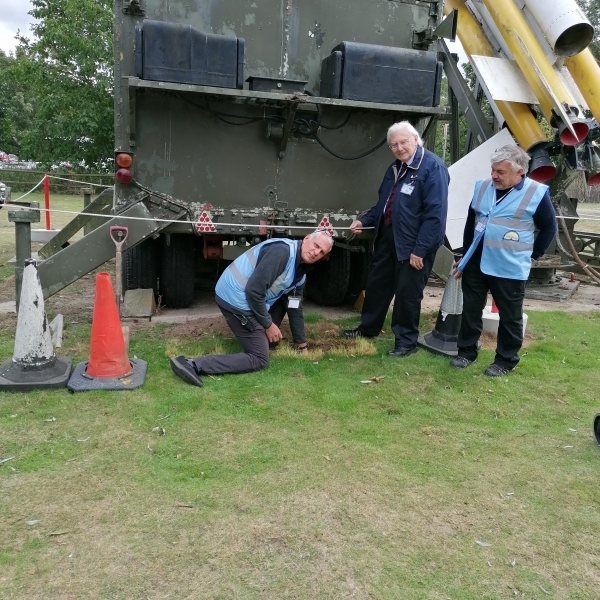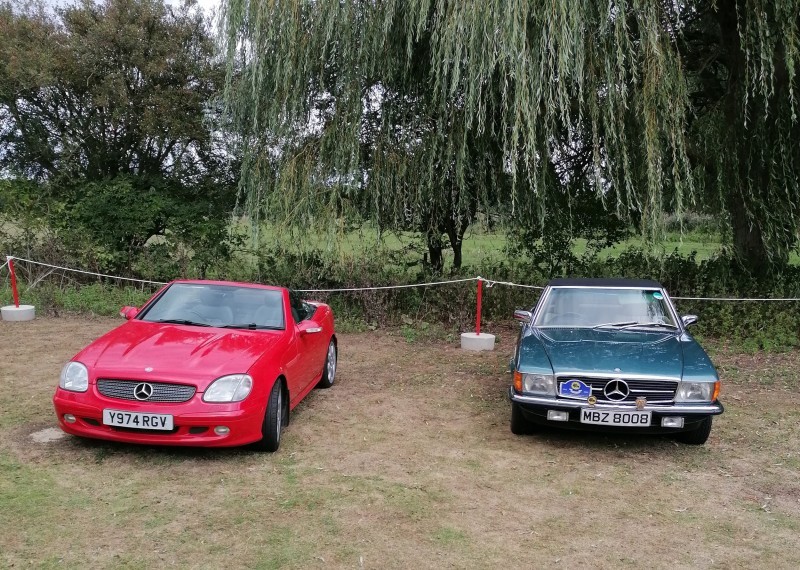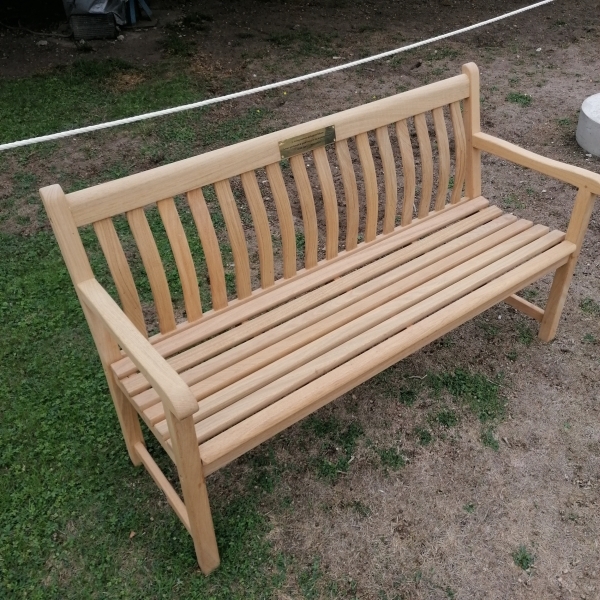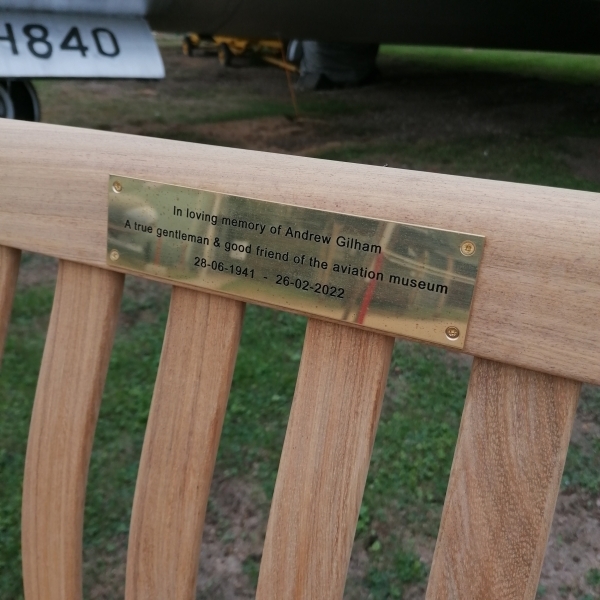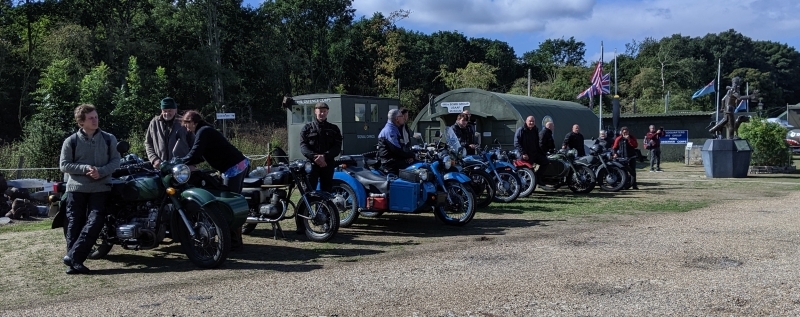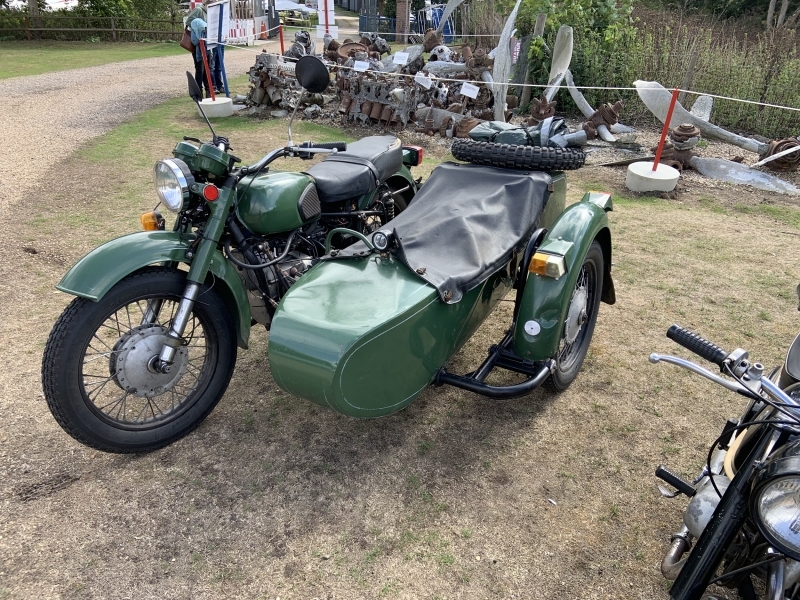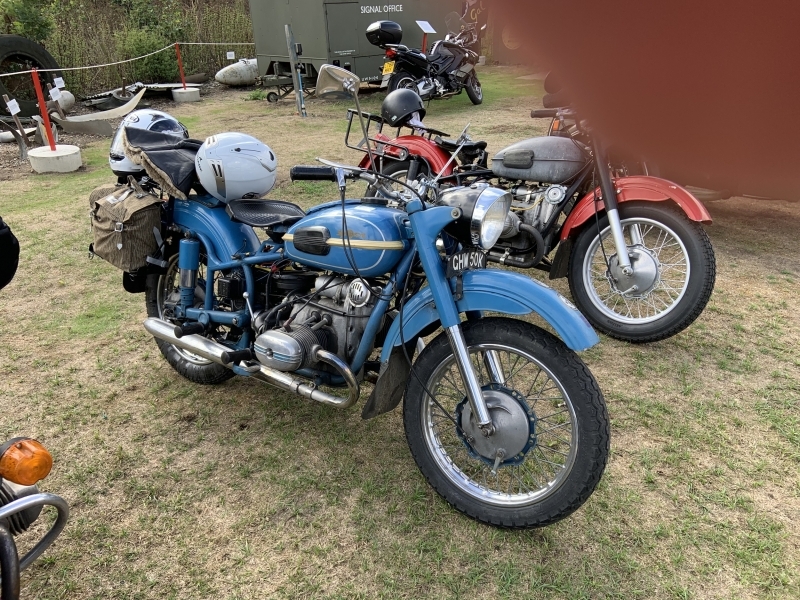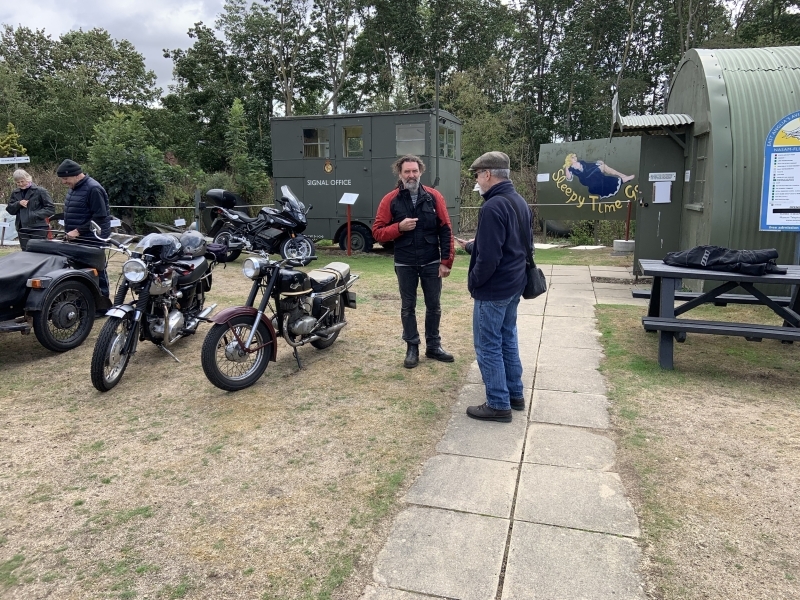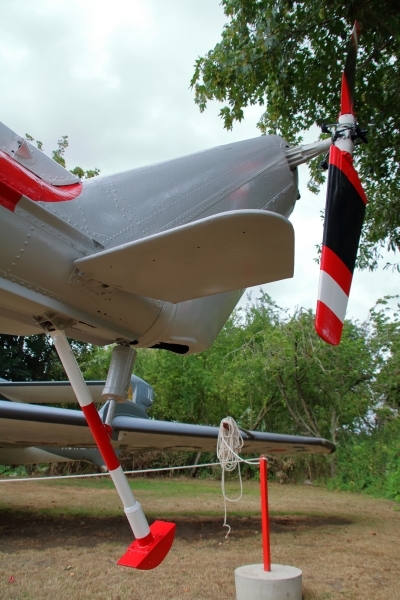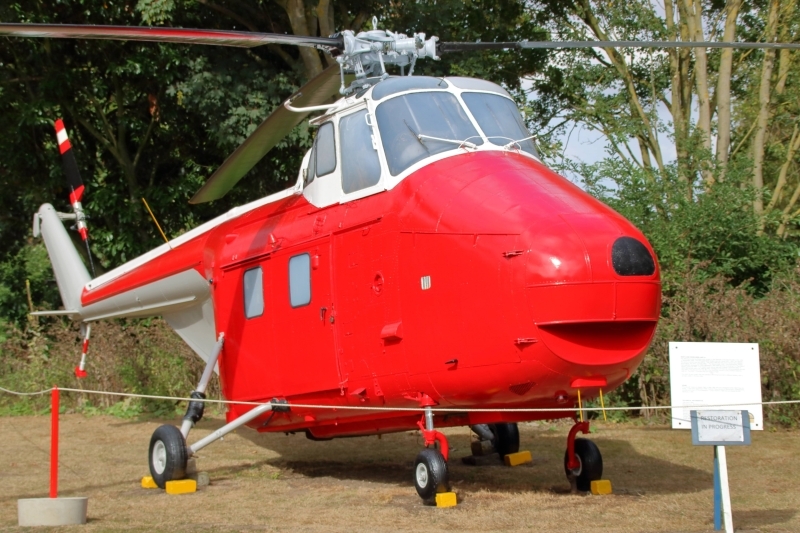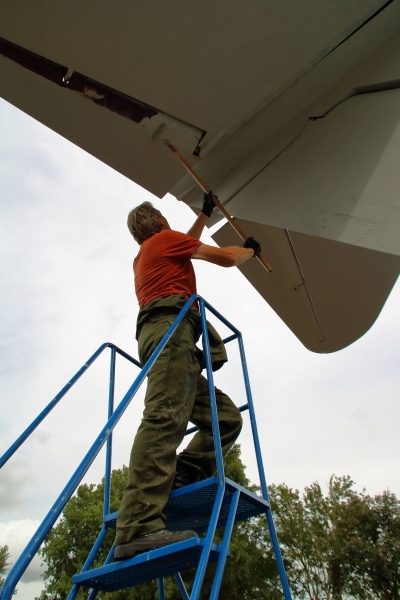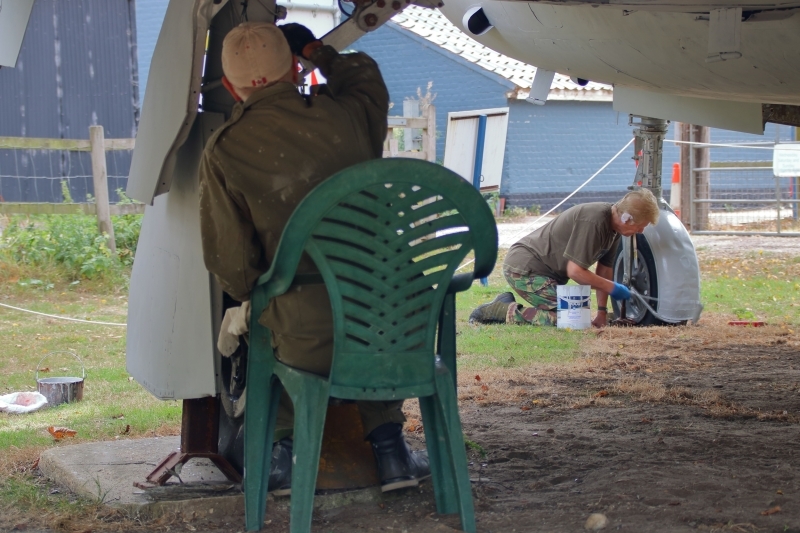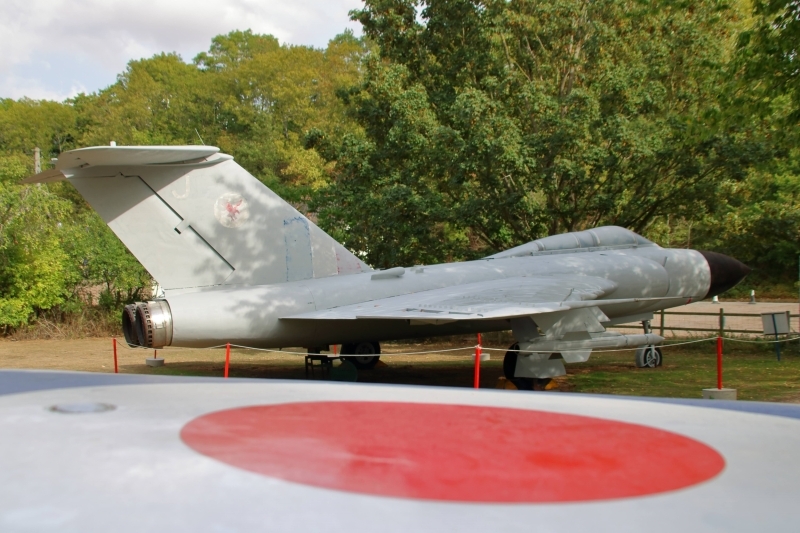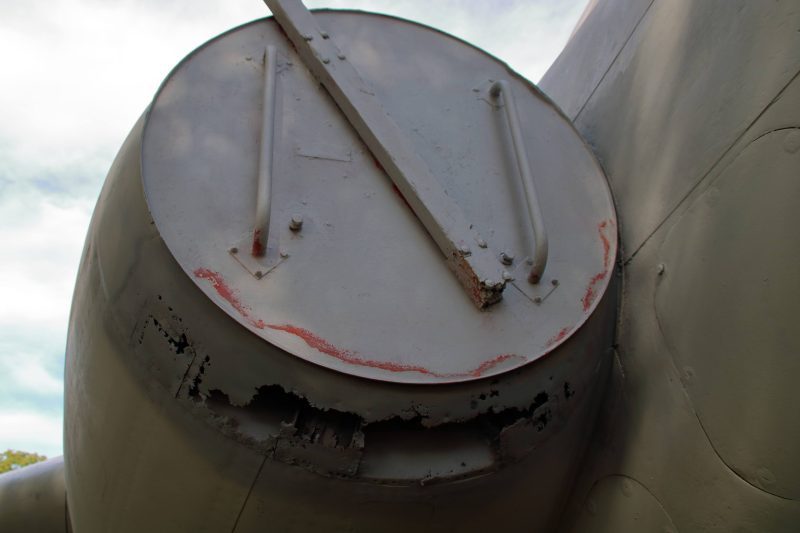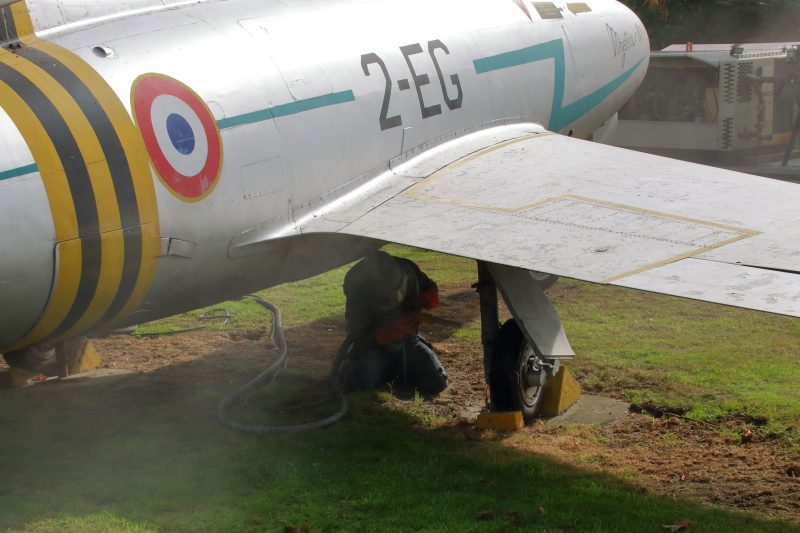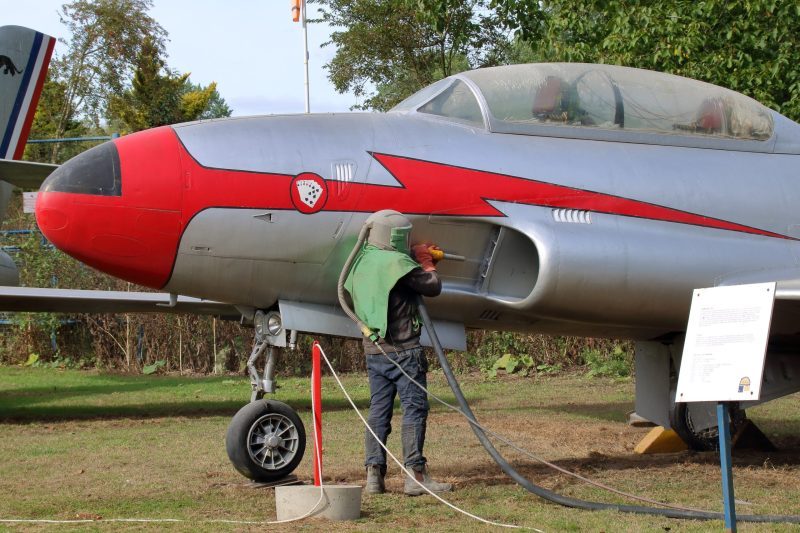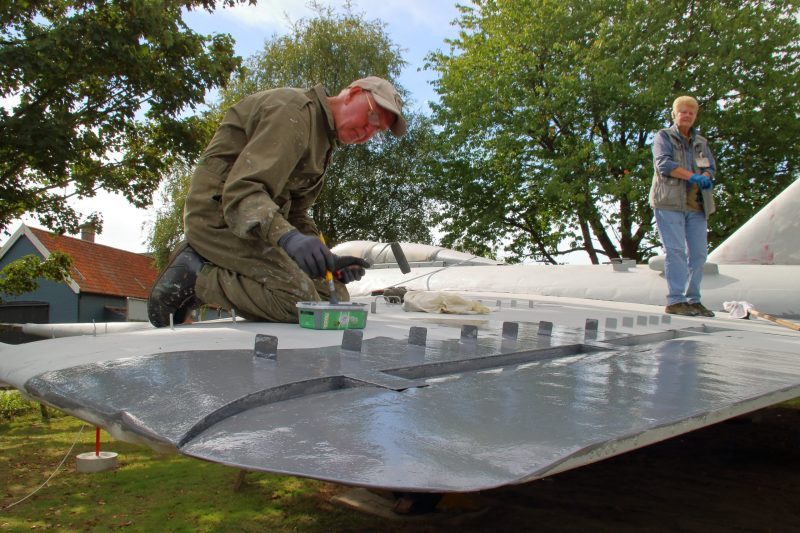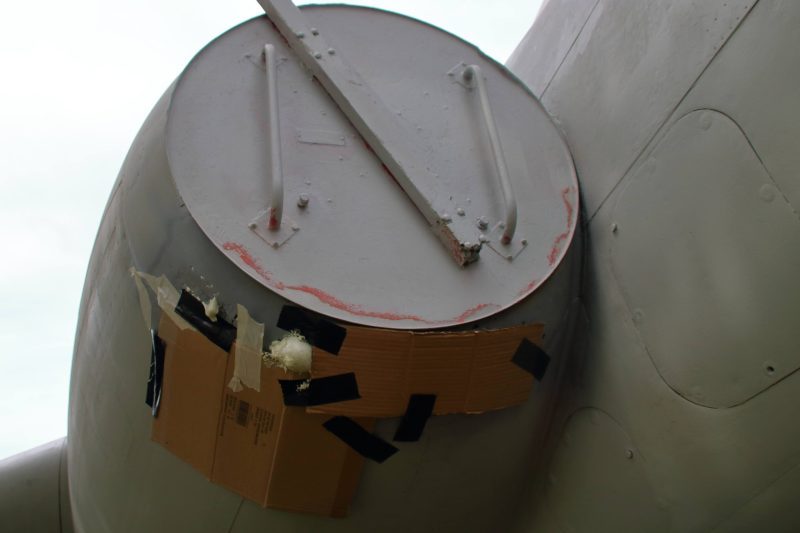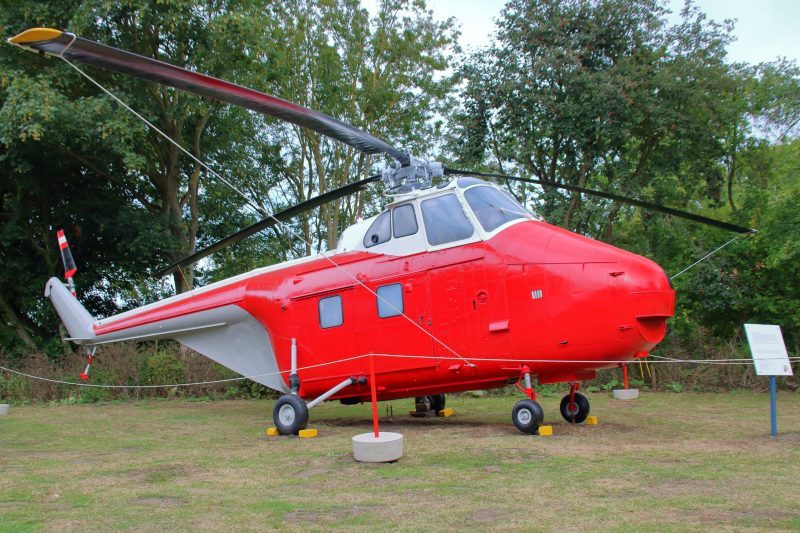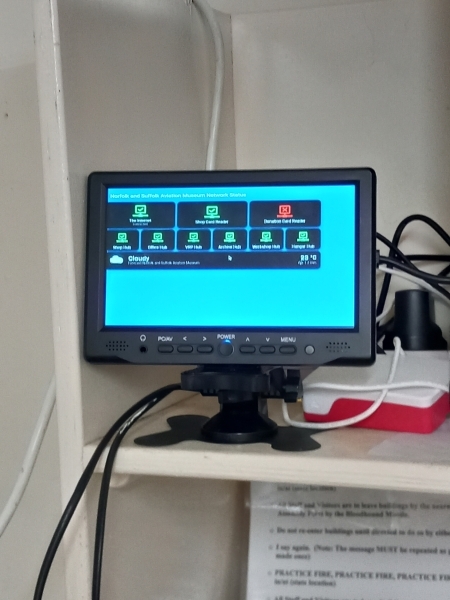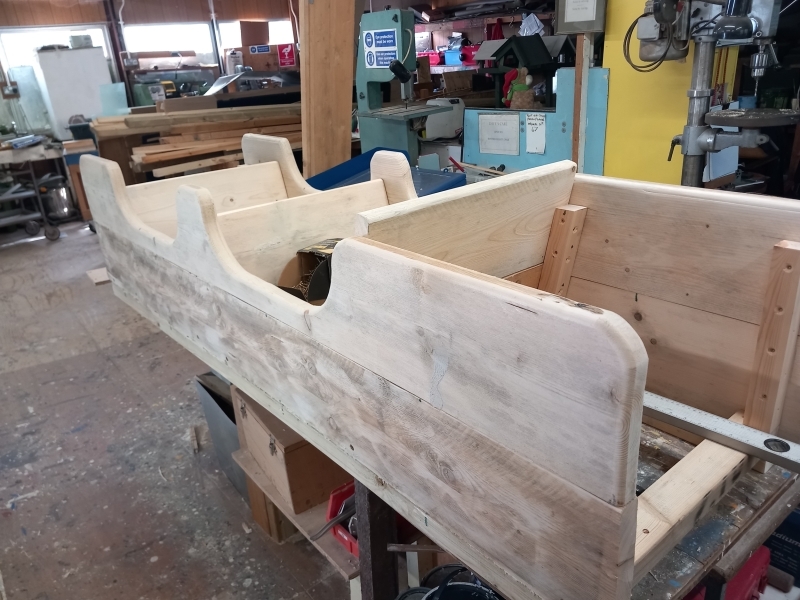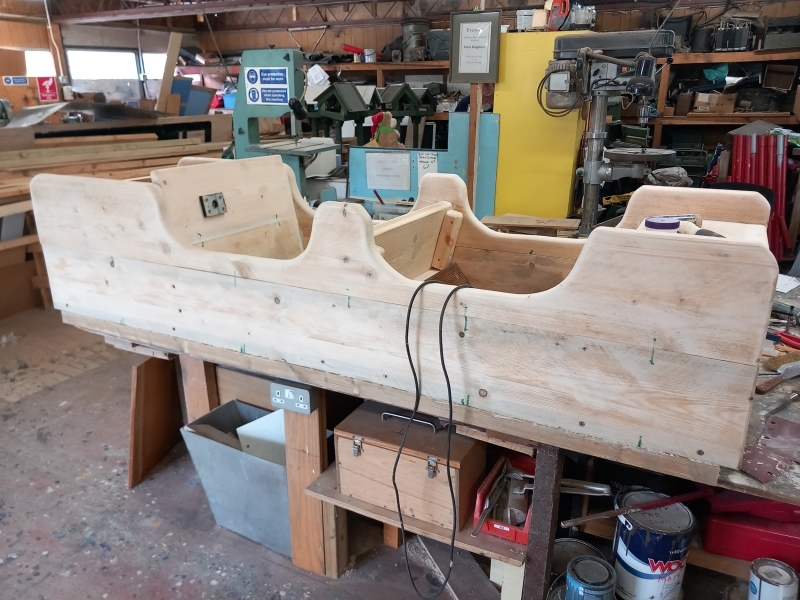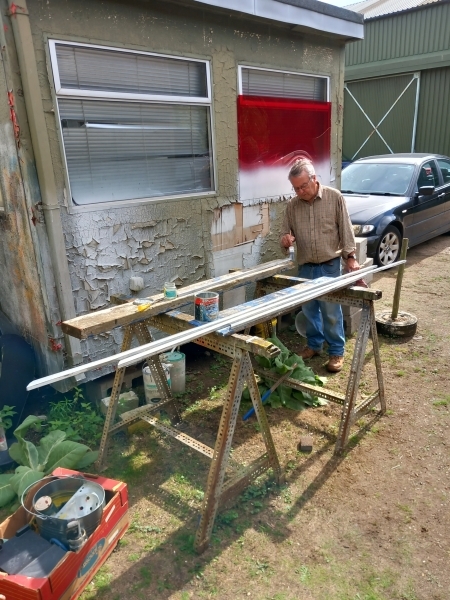NASAM Update as of the 23rd Sep 2022
[joli-toc]
From the Chair
 Future Opening Days and Times
Future Opening Days and Times
Following are the rest of the season opening times for the Museum in 2022.
- To end October – Wednesdays, Saturdays and Sundays, from 10am to 4pm
- November to December 14th – Wednesdays and Sundays, from 10am to 3pm
The Museum will then be closed from December 15th until Wednesday 15th February
- Except for Wednesday/Thursday 28/29th December, from 10am to 3pm
As from Wednesday 15th February and until further notice, the Museum will be open on:
- Wednesdays, Saturdays and Sundays from 10am to 4pm plus all Bank Holiday Mondays from 10am to 4pm
![]()
Special Event Days for 2023
The special event days in 2023 are as follows:
- Sunday 9th April – Easter Sunday – East Anglian Air Ambulance fundraising day
- Saturday 29th April – Scout day
- Sunday 7th May – 40s day
- Sunday 14th May – East Coast Pirates
- Sunday 21st May – Aviation Art and Model day
- Sunday 23rd July – Family Fun Day
- Sunday 6th August – RAFA and Veterans Day
- Sunday 17th September – Battle of Britain Day
- Saturday
30th September– Scout Day (Note, date change to 23rd September) - Saturday 28th October – Scout Day
More details will be published here on the blog as we approach those dates. Keep in touch with the blog through the winter months to see what is happening at the Museum and what is happening on those event days. We will be submitting requests for flypasts from the RAF Battle of Britain Memorial Flight, the Red Arrows and other aircraft. As soon as we are notified of any successful requests, we will publish them. on the blog.
Steve B
General Updates
As well as the opening Times and Special Event Days above from Steve, the Chairman. We have updates from Barry and the Paint Team, Michael has updated us with information from the Chippies. We have another article from Graham in Archives, who has another story from the 1943 booklet ‘Over to You’, this is the last in this series of four.
A number of photos from events and visits have been sent to me, and these are just below.
As well as photos of the visiting Cossacks, John S gave an update on one of the exhibits on display at the 50th Anniversary Day in the Engineering Update below..
![]()
50th Anniversay and ROC Day
On Sunday, the 18th of September, we held the 50th Anniversary of the Museum and the ROC Day at the Museum. A number of pictures were sent to me by Gary and Ian H. These are published below. see NASAM 50th 01 thru 18).
(Photos) 50th Anniversary and ROC Day
![]()
Cossack Owners Club
On the preceding Saturday, Saturday, the 17th of September 2022, we had a visit from the Cossack Owners Club. These soviet era motorbikes are lovingly maintained by enthusiastic riders. The club was holding a camping and ride-out event in Suffolk and paid a visit to the Museum. The photos and video provided by John S and Peter W are reproduced below.
(Photos) Cossack Owners Club Visit
(Video) Cossack Owners Club Visit
![]()
Scout Activity Day
 Another “special” event day at the museum is Scout Activity Day. This is a special day for young people and groups to be educated in aviation theory and practices, plus a chance to sit in cockpits and fly simulators. The next Scout Activity Day is on Saturday, the 24th of September 2022.
Another “special” event day at the museum is Scout Activity Day. This is a special day for young people and groups to be educated in aviation theory and practices, plus a chance to sit in cockpits and fly simulators. The next Scout Activity Day is on Saturday, the 24th of September 2022.
PLEASE NOTE ….. This is a public open day for the Museum, so visitors should be aware that some parts of the museum, some cockpits and the Flight Simulators will be closed from time to time to accommodate these groups as they are being educated.
Pete S
![]()
Engineering Update
 Recently, a local blast cleaning company (the Buckenham Blast Company) finished off the Valetta. Some weeks ago, work on the starboard wheel bay was completed, but the port bay had a blackbird nesting in it, so work stopped. Selected corrosion areas were spot blasted to assess what sort of grit would be needed for next year’s total strip back and repaint.
Recently, a local blast cleaning company (the Buckenham Blast Company) finished off the Valetta. Some weeks ago, work on the starboard wheel bay was completed, but the port bay had a blackbird nesting in it, so work stopped. Selected corrosion areas were spot blasted to assess what sort of grit would be needed for next year’s total strip back and repaint.
The company also blast cleaned the Mystere, T-33 and Sea Vixen undercarriage bays, as mentioned below by the Painters. Now they’re protected for winter.
The workshop continues to have the Sherwood Ranger biplane as a guest – the aircraft is shortly to have fuel flow checks and engine run. It will then be trailered to Little Snoring for a test flight. It was a popular point of interest at the 50th-anniversary event last Sunday. (see NASAM 50th 10 picture above).
John S
Painters Update
6/9/22 – Shiny Happy (Whirlybird) People…..eventually!
The team rocked up to find two rather soggy aircraft in the front field. With the forecast set to “iffy” the team were initially not in the best of spirits. The mood then darkened further when Mark inspected the half of the Whirlwind tail that he clear-coated last week to find that the Light Aircraft Grey had retained its rather yellow hue (see blog entry for 30th August). Consequently, it was decided that the lacquering would be confined to the reds and the blacks only. Most of the first hour was lost to drying off the Whirlybird under grey scudding clouds. Mercifully, as tins of paint were then being opened the skies lifted which actually led to a full day’s painting. First off, Mark re-coated half the tail back to proper Light Aircraft Grey, while Barry put the red stripes on the rear skid, that now looks top notch (see Whirlwind Repaint 43 pic), thanks in part to Micheal and Ash from the Chippies. Mark and Barry then spent the rest of the day applying the clear coat to red sections of the main fuselage. The clear coat certainly made a difference (see close up Whirlwind Repaint 44 pic), giving the Whirlybird a really shiny (and hopefully weatherproofed) finish. By the end of the day the clear coating was complete (see Whirlwind Repaint 45 pic), which just leaves some window cleaning and window rubber painting to do next week.
Next door, after an hour or so of aircraft drying, the ‘A’ team (Cliff, Gwen and Ian) cracked on with the priming of the Javelin. Up top, Ian fired up the extendable roller and got to grips with the tailfin (see Javelin Repaint 32 pic). Underneath and evidently pulling rank, the Skipper (Cliff) plonked himself in the Captain’s Chair and proceeded to prime the underside of the Port Wing and Undercarriage (see Javelin Repaint 33), while Gwen (our most senior citizen) was seemingly forced to work on her hands and knees to paint the nose wheel (see Javelin Repaint 34 pic). Gwen seemed none too impressed with the lack of ‘chair-age’ on offer and being asked to double her efforts by the Skipper on the Skyflash, hence the two brushes I guess (see pic)! By close of play, most of the big ol’ Flat Iron was covered in grey primer (see Javelin Repaint 35 pic), so all in all, a pretty good result from a day that looked rather dodgy; weatherwise; at the outset.
(Photos) Painters Update 1
13/9/22 – The boys are back in town!
No, not Thin Lizzy (who are they? – Ed.) but our best friends from the Buckenham Blast Company. Yes, the BBC were back on site this week to attend to corrosion in and around the undercarriage legs and wheel bays on several of our external exhibits. Under the watchful eye of John S, first up the BBC dealt with some corrosion on the Javelin engine intakes (see Javelin Repaint 36 pic). After that, they made their way around the paddock, cleaning up the Mystere legs (see Mystere Refurb 03 pic), then the T33 legs and intakes (see T33 Refurb 01 pic) and finally, the Sea Vixen legs. In the afternoon, the BBC moved up the road to the Valetta, where they cleaned up the port undercarriage leg and wheel bay area.
While all the noise and mayhem was taking place down in the front paddock, the ‘A’ team (Cliff and Gwen) stood aside and killed some time by taking some measurements of the Javelin’s now semi-obliterated markings. Once the BBC had moved off, they broke out the Dark Grey and started to reinstate the ‘camo’ on the port side (see Javelin Repaint 38 pic). John S and Roger then rocked up and, using all their engineering skill and prowess, effected some (rather low-tech looking) repairs to the Javelin’s engine intakes (see Javelin Repaint 37 pic). I imagine the sheets of cardboard and duct tape are just temporary!
Next door the ‘B’ team (Mark and Barry) spent the day putting the finishing touches to the Whirlwind. Mark started the day by repairing (reconnecting) the brake lines to the rear brakes (see Whirlwind Repaint 46 pic) using a combo of plastic pipe and electrician’s tape! Not done with that piece of improvisation, Mark then filled in the two rather unsightly vents on the upper rear cockpit windows with some high-density foam, before giving the vents a lick of black paint (see Whirlwind Repaint 47 pic).
While Mr Improv. was doing his thing, Barry got the Tyre Black out and proceeded to paint the remaining window rubbers (8 of 12), and that was the morning done for.
After lunch, Barry cleaned up the upper port side windows and then cleaned up the bare metal engine exhaust cowl that was flecked with paint from many previous repaints. Mark then cut some cord to make some fresh and clean rotor blade stays (see Whirlwind Repaint 48 pic), and that was it, job done! The Whirlwind resto is complete, except that is for the fitting of the aircraft’s markings, by EPS, sometime in October – tbc.
(Photos) Painters Update 2
![]()
Chippies Update
Duelling sanders and raspberry pies
6th September – from time to time, computers and WiFi networks stop working, like anything technological. This has caused immense frustration to the Volunteers working on open days as they try to sell our visitors something in the Shop or get those all-important credit card donations from the card reader in the Hangar. Those jacks-of-all-trades, the Chippies, have been working on solving these headaches, as well as mixing their metaphors.
The final part of the new WiFi network came together today when Michael F installed a Raspberry Pi computer with a 7-inch screen (no metric conversion, that’s what it’s called). The Pi runs some software which “pings” all the WiFi routers and that magic thing called “The Internet”, as well as the two card-reading terminals in the Museum. If it fails to contact them, an icon on the screen turns red. Whoever is in the Shop can now tell where is a problem which will stop us from getting our money through card payments. Who knows, Artificial Intelligence ( also known as A Volunteer) might even be able to fix the problem (Raspberry Pi 01) .
Dave H, helped by Ash and Morris, continued to make progress on the children’s Jeep. The tops of the sides became firmly attached to the framework. Seats and braces went in. Slow but steady progress. A question hovering on everybody’s lips, apart from Dave’s, is how many of us are going to be needed to lift it off the bench? (Childrens Jeep 07 thru 12)
8th September – Dave H, Les W and Michael F all huddled around the Jeep, boxing in first the rear and then front. Finally, its basic structure is complete. Celebration with cups of tea and even a chocolate biscuit for a change.
13th September – Dave H, Morris and Tug started out filling the gaps in the woodwork of the children’s Jeep. A pause to let the filler harden while the ways of the world got discussed over the obligatory cup of tea. Then came the piece de resistance. Arming themselves each with an electric sander, Morris and Tug got to work sanding the entire bodywork. Sometimes in harmony, sometimes in alternating rhythms, often an unsynchronised cacophony, the Duelling Sanders of the Chippies Workshop leant a strangely musical interlude to the day. At one point, John S and Roger popped over from the Restoration Workshop to enjoy the music and cadge some of that legendary Chippies Tea.
After a bit more filling and manual sanding (the Duelling Sanders limit their performances), Dave took over to start fitting the detailing for the Jeep. Assisted by helpful hints and suggestions, he fitted the steering boss from the old Jeep into the dashboard, ready to accept a steering wheel which he found in our stores.
Another visitor to the Workshop has been Jimmy. He is making a frame for the F100 painting in the Hangar to help protect it. Having cut it out last week, he has commenced giving its first of several coats of silver paint (F100 Painting Frame 01). Today, it was music while you work as he listened to the Duelling Sanders rendition … of something anyway.
Michael F
(Photos) Chippies Update
![]()
From the Archives
 OVER TO YOU #4
OVER TO YOU #4
Sometimes the most poignant finds come in the smallest of packages – un-rummaged in the Store this week was a small booklet simply called ‘Over to You’. I nearly missed it – it was recorded, put back in its box – maybe even for another 79 years, but something clicked, and it wasn’t my knees. On closer inspection it was apparent this little booklet was gold dust – transcripts of a series of interviews with RAF personnel from all areas and ranks of the service that had actually been recorded, and broadcast, over the radio by the BBC between 1942 and 1943 – right at the height of the war. No names are mentioned, no station or squadron details given, but the stories are the stronger for the fact they are the accounts of the everyday and not the glory conscious.
The introduction to the book speaks for itself:
THE legendary days of Dunkirk and the Battle of Britain; the winged victory in North Africa; fighter sweeps over France; bomber sorties to Germany and Italy; night fighting, train-busting, intruder operations; the work of Ferry Command and the training of pilots in Canada; the remorseless harrying of U-boats; the adventures of air crews forced down in ocean or desert–these are the subjects of “Over to You”, a collection of stories chosen from over 900 broadcasts given on the BBC by R.A.F. officers and airmen between March 1942 and May 1943.
This tale is about the view from the rear end of a Halifax – the tail gunner always had a unique and often stomach churning view of the aerial battles, but an experienced gunner could keep his crew alive, and not just by shooting down the attacking fighters…
Enemy fighter dead astern
The job of a gunner is to protect the bomber from fighter attacks. Some gunners go through ops. and never see a fighter. One of the chaps in my squadron shot one down on his very last operation. It was the only one he had ever seen. Things have worked out differently for me. I have taken part in 21 ops and seen fighters on almost every trip, and sometimes had encounters with them. In fact, we had nine fighter attacks on our first five trips.
Good evasive action is essential if a bomber is to get the best of a fighter, and good evasive action depends on the gunner’s judgment and the pilot’s co-operation. The gunner tells his skipper just when to turn in order to spoil the fighter’s aim.
On my first war flight – to the docks at Le Havre – a fighter came at us. Being inexperienced, I gave the order to turn a fraction too soon, and he almost got us. The skipper’s violent turn upset me almost as much as the Jerry, and my first burst missed. I managed to hit him with the next two, and that was enough for him.
A gunner and his Captain have to work closely together, and my pilot is a marvel when there are fighters about. Many times he has shaken them off by a single turning movement, without a shot being fired. He gave me a grand chance to shoot down a Ju. 88 when returning from Bremen. The fighter attacked several times from port and starboard, and though we avoided his fire he managed to get right underneath our tail.
Despite violent turns he stayed there for four minutes, which seemed like half an hour. He fell back a little, but I held my fire and asked the skipper to pull the nose up. How he ever managed it I don’t know, but I shall never forget the way that giant machine seemed to shudder and hang on its propellers as my bullets smashed through the Hun. There was a red glow and two white ones from each engine, as he caught fire and rolled over. As the Halifax fell out of this manoeuvre, I was thrown back and lost sight of the enemy, but I heard the mid-upper gunner shout, “You’ve got him !”
When I next saw him he was a mass of flames.
That is a good example of how a tail gunner and his skipper must work together. It is not a one-man show when a Junkers, Messerschmitt, or Focke-Wulf is shot down. It is often the work of at least four members of the crew. the tail gunner, the mid-upper gunner, the pilot, l and the engineer who keeps a look-out through the astro-dome.
On our way to Karlsruhe one night, we had just avoided an attack by a pair of Me. 109’s when we were forced into action by an F.W. 190. It made four very determined passes at us, and each time we swished out of his way. Each time he pulled out for another go, you could almost hear the German pilot thinking, “Where have they gone now?”
We really foxed him.
After his fourth attempt he followed us for several minutes, then waggled his wings in what seemed to me to be a salute, and sheered off.
I would like to meet that chap after the war.
Graham
The Repeat Info
The repeat information is still here I’m afraid, and I make no apologies for keeping his section in our blog. We are a charitable organisation relying on monies from the public to keep us going. Any help we receive is gratefully accepted and enables the museum to continue in our mission “To conserve, preserve and promote the history of aviation in East Anglia, whilst providing a fun, family-friendly and interactive museum, promoting education and remembrance of the events of the past“.
Are you thinking of helping ??
 We obtain most of our finances by donations and by membership fees. We save money by having a dedicated group of volunteers that keep the museum and the exhibits both manned and maintained. We hope therefore a few people may consider helping in the ways below.
We obtain most of our finances by donations and by membership fees. We save money by having a dedicated group of volunteers that keep the museum and the exhibits both manned and maintained. We hope therefore a few people may consider helping in the ways below.
There are three easy ways to help: Help by becoming a Museum Member, also by Volunteering to help at the museum, or by Donating to assist in our running costs. Please click on the appropriate button below to access the appropriate information:
Keep Up To Date
![]() To keep up to date with further information, please keep an eye on our Social Media (see the Social Media buttons at the foot of this blog) or click on the button below to be notified by email of any upcoming changes by seeing the latest blog.
To keep up to date with further information, please keep an eye on our Social Media (see the Social Media buttons at the foot of this blog) or click on the button below to be notified by email of any upcoming changes by seeing the latest blog.


